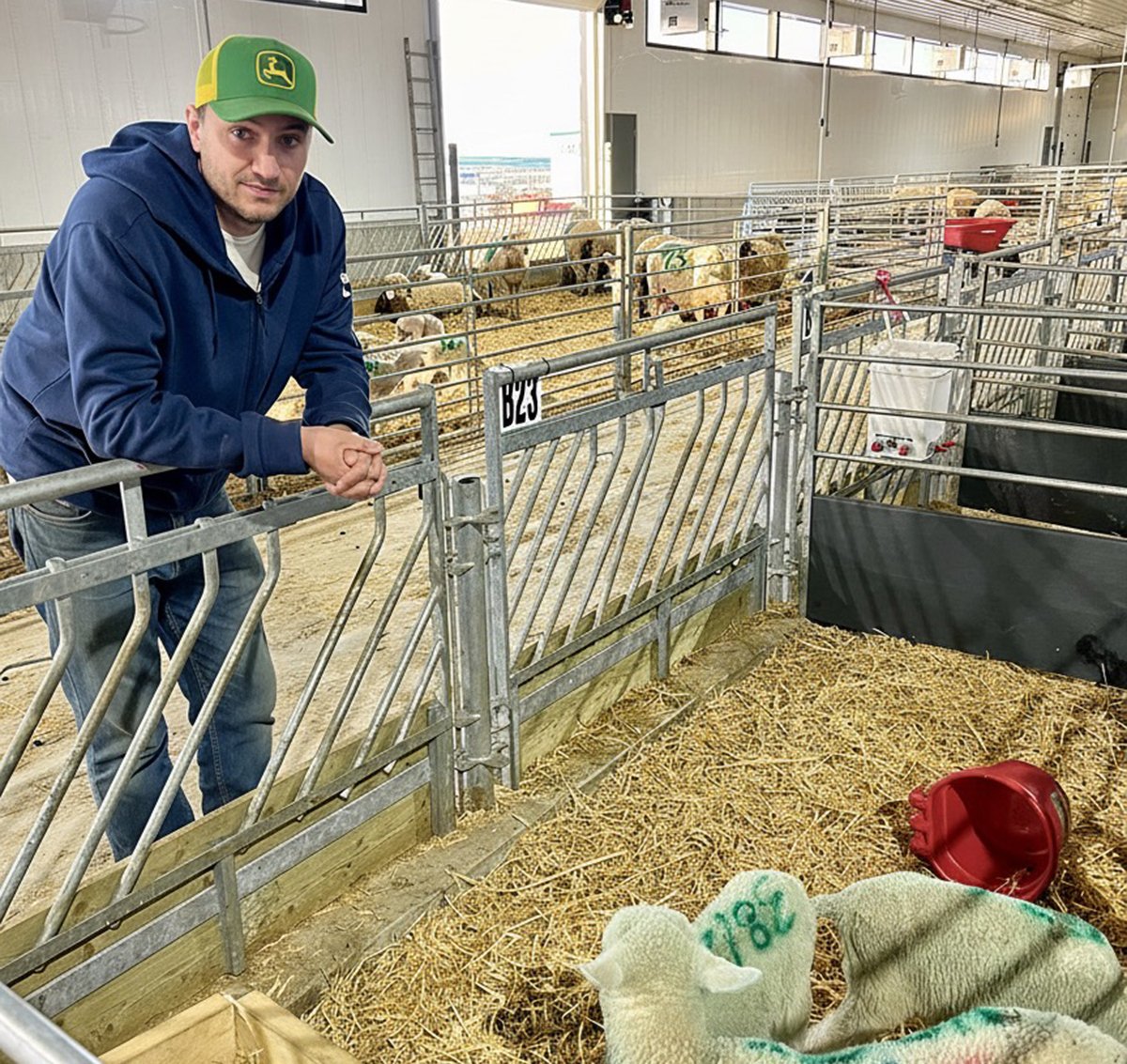Reduce cow handling, labour costs | Artificial insemination allows producer to shorten breeding season and improve pregnancy rates
SASKATOON — The hassle factor has kept many commercial cattle producers from using estrus synchronization and fixed-time artificial insemination.
However, Cliff Lamb, an animal science professor at the University of Florida, says they should reconsider.
Time, sire selection, facilities and labour are all complicating factors that can be overcome and lead to a shorter calving season, heavier weaned calves, better genetics and more money.
“The great thing about fixed time artificial insemination systems is that we can plan three months in advance when we’re going to handle the cattle,” he told the recent Saskatchewan Beef Industry Conference.
Read Also

Solar, sheep provide valuable farm diversification
Eric Steeves says raising sheep on forages grown under solar panels provided economic stability and perhaps even saved his family’s fifth generation southern Alberta grain farm.
“That takes the time out of it.”
The ability to plan allows a producer to put all the people, supplies and facilities in place and get the job done.
Lamb said overcoming post partum anestrus, which is the period of time between when a cow gives birth until it cycles again, is the main reason why producers should consider AI.
Progesterone will stimulate the cow to cycle. Cows that cycle earlier can be bred earlier and subsequently calve earlier.
Studies have shown that heifers that calve in the first 21 days of the season last longer in the herd. They are more productive and wean heavier calves.
Fixed time AI also reduces the need for heat detection. Lamb said the producers he works with have eliminated it.
One of his goals when implementing AI systems is to handle the animals a maximum of three times. He advises using the seven-day Co-Synch + CIDR system.
A gonadotropin-releasing hormone (GnRH) is injected on Day 1 and a controlled internal drug release (CIDR) containing progestin is inserted. The CIDR is removed seven days later and an injection of prostoglandin is administered. The timed AI takes place about 60 hours later, along with another injection of GnRH.
Lamb said the pregnancy rate is the critical number to assess. If 100 cows are synchronized and 50 are pregnant, then the rate is 50 percent.
He said producers who choose to use heat detection would have to detect 90 percent of their cows in heat to get the same pregnancy rate.
Lamb has reduced the University of Florida’s 800-cow herd’s breeding season to 70 days from 123 two years ago.
Calves are arriving earlier and pregnancy rates are higher, he said.
“This past year, we increased the average value per calf $124 just by shifting the calving dates.”
Weaned calves are averaging an extra 37 pounds.
“By treating a cow with timed AI, 18 months from now each cow will bring you back an extra 17 kilograms of calf,” he said.















